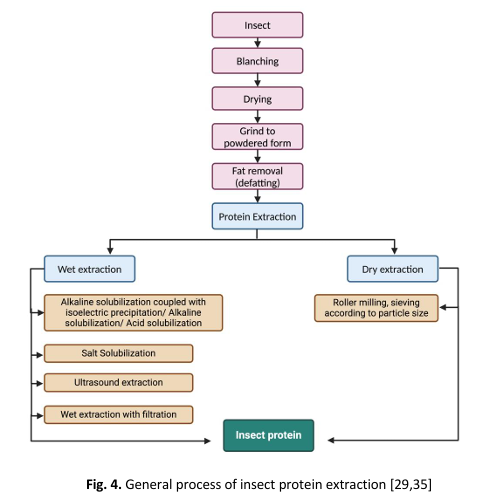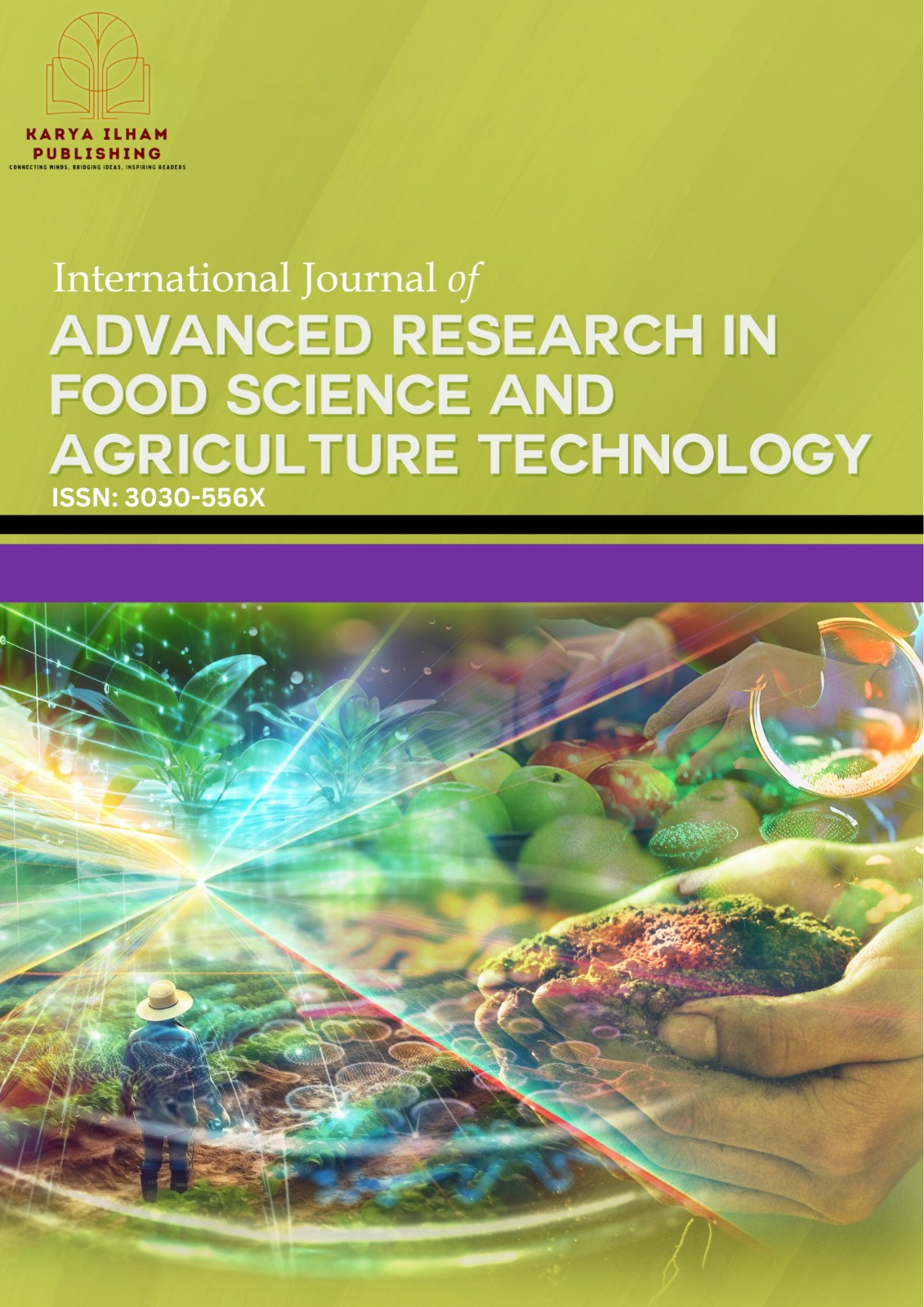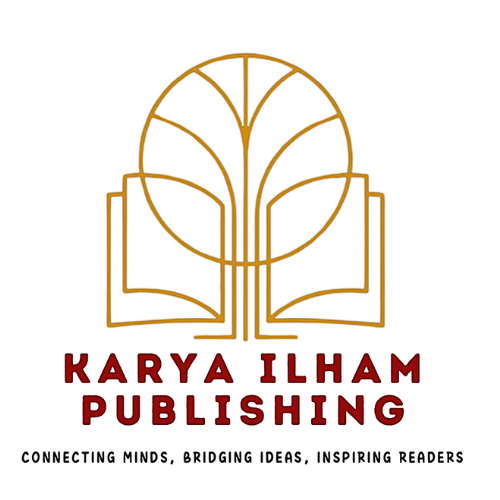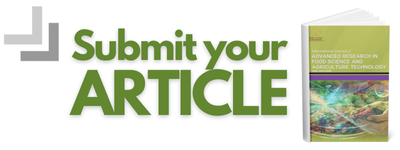Feasibility And Potential of Yellow Mealworm (Tenebrio molitor) Protein Incorporation In Food Matrices: Nutritional, Perceptual and Applications – A Narrative Review
DOI:
https://doi.org/10.37934/fsat.5.1.127Keywords:
Mealworm, alternative protein, nutrient, food, sustainabilityAbstract
The global population is predicted to reach 9 billion by 2050, driving the pressing need to improve the sustainable food solutions that align with the Sustainable Development Goals (SDGs) and the climate agreement presented in Paris Agreement. Furthermore, the conventional animal-based protein sources, demand high resources and contribute to environment depletion, prompting the need for alternative protein sources. Although the interest in mealworm protein as an alternative protein source is growing, research focusing on its practical application in food products remains limited. Addressing this gap by exploring mealworm protein addition into food systems is key to advancing its development. Tenebrio molitor (yellow mealworm) has emerged as a promising solution for global protein deficits owing to its remarkable nutritional profile. It offers a significant amount of essential macronutrients comprising half of its dry weight, outperforms several traditional protein sources including poultry and marine animals. Also, its balance amino acid composition, particularly high in essential amino acids for instance lysine and leucine supports its significant as a complete protein for human consumption. In fact, its low in chitin concentration in the larval stage enhances both digestibility and bioavailability relative to its counterpart. These properties highlight mealworm as a nutrient-dense option and demonstrate their potential for integration info food matrices to address malnutrition and improve global food security. Consequently, advances in protein extraction methods, including enzymatic hydrolysis and microwave-assisted extraction, have significantly improved the functionality and sensory characteristics of mealworm protein. Moreover, mealworm cultivation exhibits excellent environmental efficiency, employing minimal resources while lowering greenhouse gas emissions and advancing circular economy (CE) practice. This review examined the feasibility and potential of incorporating yellow mealworm protein into various food matrices. Besides, the consumer perceptions and acceptability, the importance of education and strategic marketing to mitigate cultural biases and enhance the acceptance of insect-based foods were discussed. In addition, the scalability and versatility of mealworm protein which has led to innovative food products and the ability to tailor food products specialized dietary requirements, including texture-modified foods for the elderly were presented. Finally, the future prospects of mealworm protein as a source of alternative protein were outlined.














